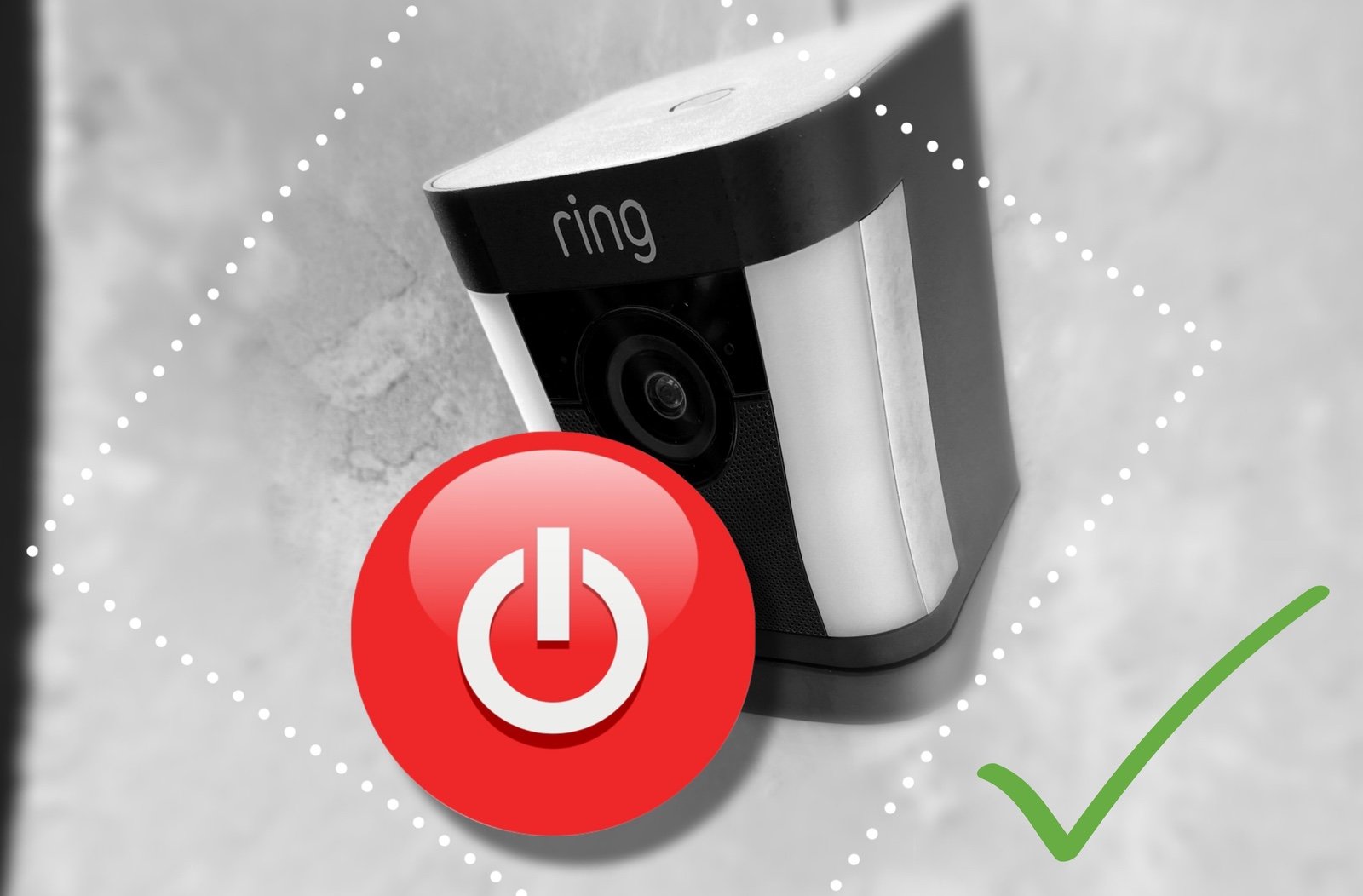Do Camera Doorbells Record All The Time?
While more of a consideration for dedicated security cameras, this is a question I do see come up from time to time around video doorbells as well. The short answer is: it depends on the model and settings.
There are a few camera doorbells that are designed to record continuously, but these are the exception, and tend to be part of a more holistic security system. Most only record when they detect motion or when the doorbell is pressed. Let's dive deeper into the nuances of camera doorbell recording practices.
Understanding Camera Doorbell Recording
How They Work
Camera doorbells are equipped with sensors that can detect motion within a certain range. When activity is detected, the device is triggered to start recording. This approach is efficient because it saves storage space and energy, ensuring that the camera only records when there is something potentially important happening.
This generally makes it far more practical to determine what has been happening in the cameras field of view over time, as only qualifying motion will be captured. These short clips can be checked fairly quickly when you’re looking for a specific event.
Continuous Recording: The Exception
Some high-end models offer continuous recording as a feature. For example, certain models from brands like Nest (Google Nest Hello) provide 24/7 recording capabilities, but this either requires a subscription to a cloud service for video storage, or a dedicated recording device called a Network Video Recorder (NVR). There must also be a continuous power supply (like doorbell wiring). Continuous recording ensures that no event is missed, but it demands more storage and power, making it less common among standard models.
The obvious advantage to this approach is that nothing is missed. No motion detection system is perfect, after all, and all camera systems that rely on it have some (albeit small) degree of missed events under certain circumstances. The downside is that it can be more tedious to try and find something that has happened in hours of video footage.
Motion-Activated Recording: The Norm
The majority of camera doorbells operate on a motion-activated basis. Devices from popular brands like Ring and Arlo start recording only when motion is detected. This method balances security needs with practical considerations of storage and power use. For instance, the Ring Video Doorbell can be customized to adjust the sensitivity of its motion sensors and to define motion zones, focusing on specific areas for monitoring.
User Settings and Customization
Owners have significant control over how and when their camera doorbells record. Through associated mobile apps, users can customize settings such as motion sensitivity, recording length, and the specific zones they want to monitor. Most video doorbells will now also offer smart detection capabilities, allowing you to filter for specific types of motion, like people, animals, or vehicles so that you only receive the alerts that matter to you.
This flexibility allows homeowners to tailor their security system to their unique needs, optimizing for both security and privacy, and avoiding notification spam that ultimately reduces the usefulness of the device.
Ring Motion Settings
eufy Motion Settings
WUUK Motion Settings
Power Over Ethernet: The Best Choice
For those looking to have a continuous recording capability, a doorbell that has Power over Ethernet (PoE) provides the best option from a hardware perspective. This technology uses a common Ethernet connection, instead of Wi-Fi, that provides both data transfer and power to the device. This avoids the other cause of lost events: Wi-Fi signal issues.
The downside with these devices is that they require the extra work of running an Ethernet cable to your doorbell location, and the purchase of a special PoE switch or power injector to plug it into. Normal Ethernet ports on consumer routers or switches don’t provide power, so this extra device is also necessary.
Privacy Concerns and Legal Considerations
Camera doorbells straddle the line between security and privacy. Continuous recording, especially, raises questions about privacy for both the homeowner and their neighbors. It's crucial to be mindful of local laws and regulations regarding surveillance and recording, as they can vary significantly from one region to another.
Video doorbells are increasingly offering features to help preserve good relations with the people around us. These include things like privacy zones, which black out areas of the cameras view to avoid recording inside neighbors’ windows, and the ability to disable audio recording to prevent unintentional eaves dropping on others.







A step-by-step approach to determining your video doorbell requirements.